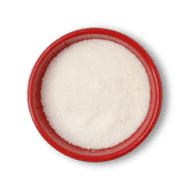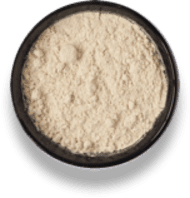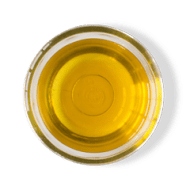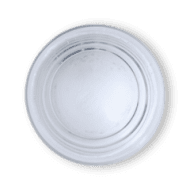
How To Knead Dough


Kneading is an essential step to make any Indian bread. It makes the dough smooth and supple to make good rotis. Kneading by hand results in better gluten formation and gives a good texture to the roti or paratha. Wheat flour has two proteins, which combine to make gluten. Gluten creates the elastic structure of the dough. After the flour is mixed with water, the proteins in the dough are in a ra ... ndom knotted form. When you knead the dough, the proteins align together to develop strands of gluten and create a smooth structure. This supple structure traps the gases inside the dough and makes the dough rise to form a cushiony structure. Kneading is a very enjoyable process and it unlocks all the Dough Benefits. Mastering How To Knead Dough is important to make good dough. Good kneading involves two basic techniques. One is folding and the second is stretch and fold. By mastering these two techniques, kneading the dough becomes super-simple. The kneaded dough can be used to make many types of Indian bread. Make plain roti or parathas for lunch or dinner and serve with any curry or dal. You can use any vegetable filling to make stuffed paratha for breakfast or an office lunch box. If you are worried about Dough Calories in a paratha, use just a touch of vegetable oil to make it. Make a slightly thick roti and add cheese spread and few sautéed vegetables to make a vegetable roll for your kid’s school lunch box.
Ingredients
Dry Grocery

Salt
1 pinch

Atta
1 cup

Refined Oil
1 tablespoon
Other

Water
0.5 cups
Success!
We hope you had fun making it! Enjoy the meal.


